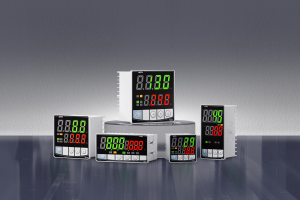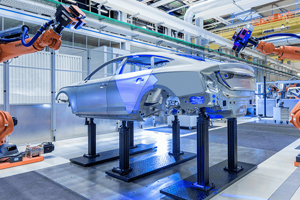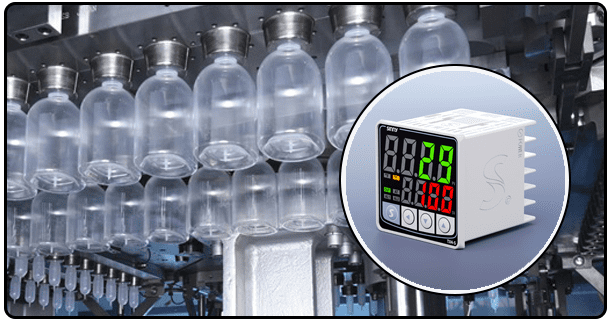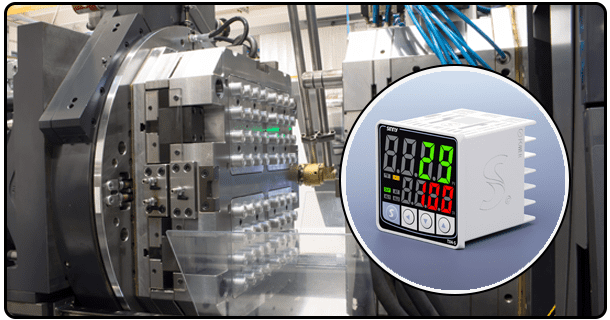A PID Controller: Comprehensive Guide to Proportional-Integral-Derivative Control
Learn about PID Controllers: Explore Proportional-Integral-Derivative controllers, their components, workings, tuning methods, applications, advantages, and limitations in this comprehensive guide.
1. Proportional control (P)
The proportional control responds in proportion to the error, or the difference between the setpoint desired and the process variable. It helps mitigate discrepancy by adjusting control output in proportion to error. However, proportional controls alone might not be enough to eliminate all errors, particularly in cases of steady state errors.
Integral control (I)
The accumulation of errors in the past is addressed by integral control. Integral control adjusts control output by integrating error over time to remove residual errors in steady state that proportional control may leave behind. The process variable must align exactly with the setpoint.
2. Derivative Control (D)
The derivative control is based on the rate at which the error changes, and provides a predictory element in the control. It anticipates errors by analyzing the velocity of an error and takes preventative action. It is especially useful for systems that require rapid change to be managed efficiently.
3. What is a PID Controller?
This controller combines these components into a coherent control strategy. PID equation mathematically represented is:
u(t)=Kpe(t)+Ki0te(t)dt+Kdde(t)dtu(t) = K_p \cdot e(t) + K_i \cdot \int_0^t e(\tau) d\tau + K_d \cdot \fracde(t)dt
Where:
The control output is u(t).
The proportional gain is KpK_p
The integral gain of KiK_i.
The derivative gain is KdK_d
The error is e(t).
The components (P, I and D) each have a unique contribution: the proportional component responds to errors immediately, while the integral component eliminates residuals over time. And the derivative term makes anticipatory corrections. They work together to ensure that the process variable is kept close to its desired setpoint. This improves the stability and performance of the system.
4. Tuning PID controllers
It is crucial to tune PID parameters in order to achieve optimal performance. There are several methods for tuning PID parameters. The Ziegler Nichols method is one of the more popular ones.
Ziegler-Nichols Method
In the Ziegler-Nichols Method, the integral and derivative gain are set to zero while the proportional gains is increased until oscillation occurs. Calculating the PID parameters is based on the proportional gain, also known as the critical gain.
The Importance Of Proper Tuning
The PID controller must be tuned properly to ensure that it performs efficiently, while balancing stability and responsiveness. Untuned controllers may cause oscillations or slow responses. They can also lead to system overshooting.
5. Uses of PID controllers
The versatility of PID controls allows them to be used in a wide range of industries.
Manufacturer
PID controllers are used in manufacturing to regulate variables such as temperature, pressure and flow. This ensures a consistent quality of product and process.
Robotics
PID motor control is used in robotic systems to provide precise positioning and movement for tasks from assembly through exploration.
Automotive
PID controllers are used in the automotive industry to manage fuel injection and brake systems. They improve vehicle safety and performance.
6. Benefits and limitations
Although PID Control offers many benefits, there are also certain limitations.
Benefits
Simplicity : Simple to implement and understand.
Overall Effectiveness Provides robust controls in many applications.
Flexibility : Adjustable parameters for specific system needs.
Limitations
Tuning Sensitivity : Needs to be tuned precisely for maximum performance.
Nonlinearity : Can struggle with systems that are highly nonlinear.
Sound Sensitivity : The derivative control may increase measurement noise and affect stability.
7. The conclusion of the article is:
The PID controller is a key tool for control system engineering. It offers a good balance between simplicity and efficiency. PID principles continue to develop as technology progresses, stimulating innovation in automation, process control, and other areas.
- How to tune a PID temperature controller: A Step-byStep guide
- What is PID control? Comprehensive Guide to Proportional-Integral-Derivative Control























